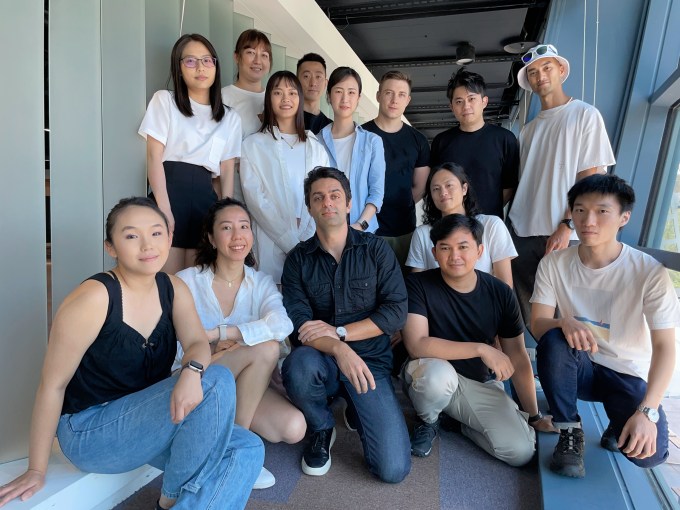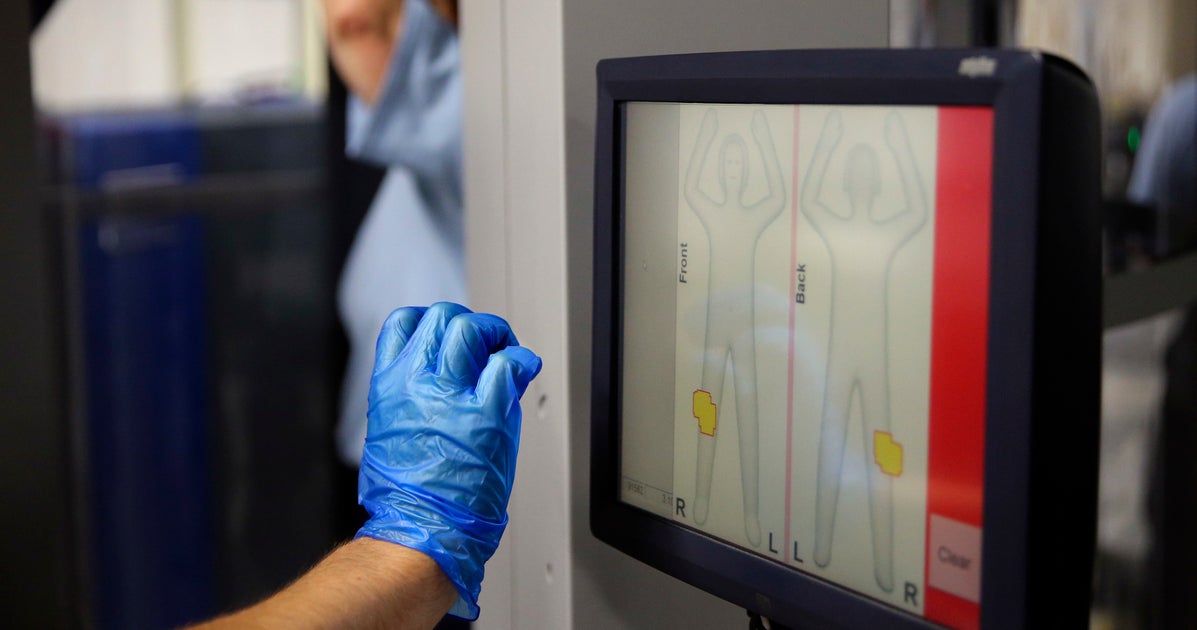After NASA’s DART spacecraft slammed into the asteroid Dimorphos, the debris from the collision was blown into an enormous tail stretching behind the asteroid
Space
3 October 2022
A tail of debris can be seen coming off the asteroid that DART crashed into CTIO/NOIRLab/SOAR/NSF/AURA/T. Kareta (Lowell Observatory), M. Knight (US Naval Academy) Image processing: T.A. Rector (University of Alaska Anchorage/NSF?s NOIRLab), M. Zamani & D. de Martin (NSF?s NOIRLab)
After being battered by a spacecraft, the asteroid Dimorphos has developed a long tail of debris. NASA’s Double Asteroid Redirect Test (DART) craft smashed into the small asteroid on 26 September, and an image from two days after the impact shows the resulting debris streaming away.
Dimorphos is just 170 metres across, and its new plume of dust and rocks measures about 10,000 kilometers long. It was photographed by astronomers using the Southern Astrophysical Research Telescope in Chile.
DART’s goal in slamming into Dimorphos was to shift the asteroid’s orbit around the slightly larger asteroid Didymos. Observing the aftermath of the collision, particularly how much the orbit was shifted, will help researchers figure out how best to protect Earth from any potentially dangerous asteroids that we may encounter in the future, although Dimorphos and Didymos are both completely harmless.
Images taken immediately after the collision showed a huge cloud of dust surrounding Dimorphos, and in the following days much of the cloud stretched into a tail behind the asteroid. This happened via the same process that gives comets their tails, where the radiation from the sun pushes material into a stream behind the main body of the object.
Observing the debris left behind from the impact will tell astronomers about the internal structure of Dimorphos, which will be key to designing any future missions to deflect asteroids, because it is one of the main factors dictating how an impact changes the rock’s trajectory. A rock with a strong interior is more likely to be deflected on impact, rather than just crumble.
Once the cloud clears away, researchers will also be able to examine the fresh surface left behind after the impact. The European Space Agency plans to launch a spacecraft called Hera in 2024 to examine the impact’s aftermath from close up, and other observations will be made using telescopes on the ground or in orbit.
Sign up to our free Launchpad newsletter for a voyage across the galaxy and beyond, every Friday
More on these topics:
















































.jpg)










